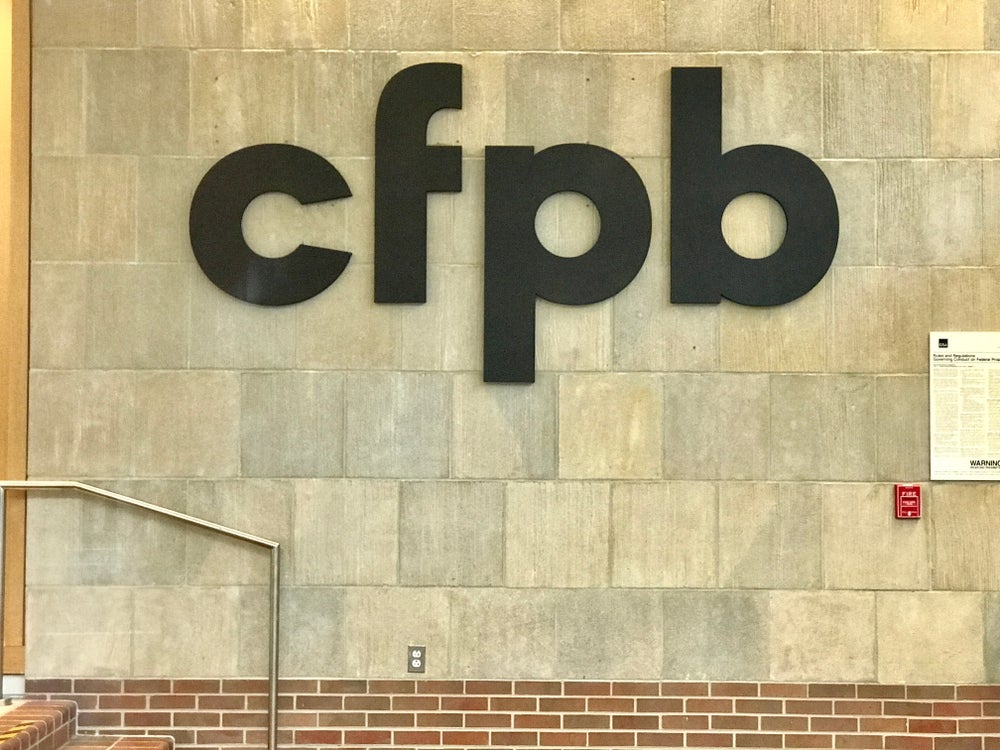 Half-yearly interim
Half-yearly interim
results at major European and US financial groups were largely
published too early to take full account of potential problems
(third-quarter figures should be much more stressed), though banks
such as Citi, Bank of America (BofA) and Wachovia reported
significant increases in loan loss provisions fomented by a
weakening US retail banking environment (see
Strong interims despite credit concerns). JPMorgan Chase,
for instance, the US’s third-largest banking group, increased its
provision for losses by 100 percent to $2.1 billion.
But it is the severe downturn at Countrywide Financial, the largest
mortgage player in the US, that has been most critical.
Countrywide, whose share price has fallen 50 percent since the
start of the year, issued a ‘plea for calm’ on 17 August to its
banking customers to prevent a bank run – queues had been forming
outside branches of its $107-billion-asset Countrywide Bank
subsidiary as depositors fretted over their savings. The day
before, on 16 August, Countrywide used an emergency $11.5 billion
credit line to shore up its liquidity; on 15 August, a note from
Merrill Lynch suggested Countrywide was flirting with possible
bankruptcy.
“Countrywide has taken decisive steps which we believe will enable
the company to continue growing its franchise,” said David Sambol,
president at Countrywide Financial. He hinted that one of the
outcomes of the subprime shakedown will be more mergers and
acquisitions in the US banking market. “With these changes, we
believe we are well positioned to leverage opportunities presented
by a consolidating industry,” he added.
On 23 August, BofA, long held to be a possible buyer of
Countrywide, bought a 16 percent stake in the business for $2
billion. The move has been seen as largely positive. “Countrywide
is no longer on the endangered company list,’’ Dick Bove, an
analyst at investment bank Punk Ziegel, wrote in a note to
clients.
Over 60 mortgage originators and brokers in the US have either gone
bankrupt or exited the subprime business during the second quarter.
One of the latest was American Home Mortgage, the tenth largest
mortgage lender, which filed for Chapter 11 bankruptcy protection
on 6 August.
How well do you really know your competitors?
Access the most comprehensive Company Profiles on the market, powered by GlobalData. Save hours of research. Gain competitive edge.

Thank you!
Your download email will arrive shortly
Not ready to buy yet? Download a free sample
We are confident about the unique quality of our Company Profiles. However, we want you to make the most beneficial decision for your business, so we offer a free sample that you can download by submitting the below form
By GlobalDataThe quick strategic shift by some of the major US banks has been to
refocus mortgage selling through mainstream channels –
Countrywide’s stated primary strategy going forward is to fund 100
percent of its production through Countrywide Bank, a channel
through which it is already originating in excess of 70 percent of
total origination volume. Wells Fargo, the second-largest US
mortgage player after Countrywide, closed its nonprime wholesale
lending business at the end of July, saying that it will now offer
nonprime loans in “channels where the company has direct
relationships with consumers” such as Wells Fargo Financial.
And Capital One has ceased mortgage origination operations at its
wholesale mortgage banking unit, GreenPoint Mortgage, saying it
will now originate and sell mortgage loans through its Home Loans
mortgage brand and its bank branches. It said the charge associated
with the GreenPoint closure was $860 million, the majority of which
is expected to be incurred in the second half of 2007.







